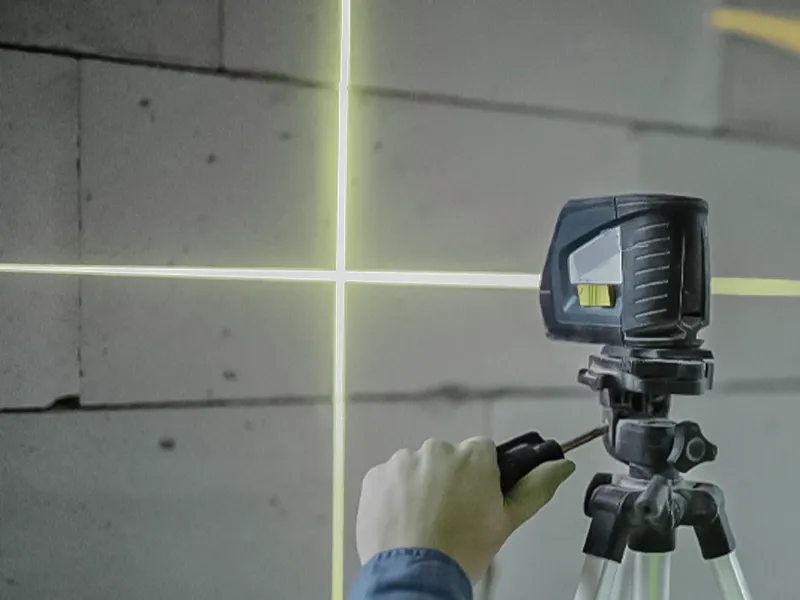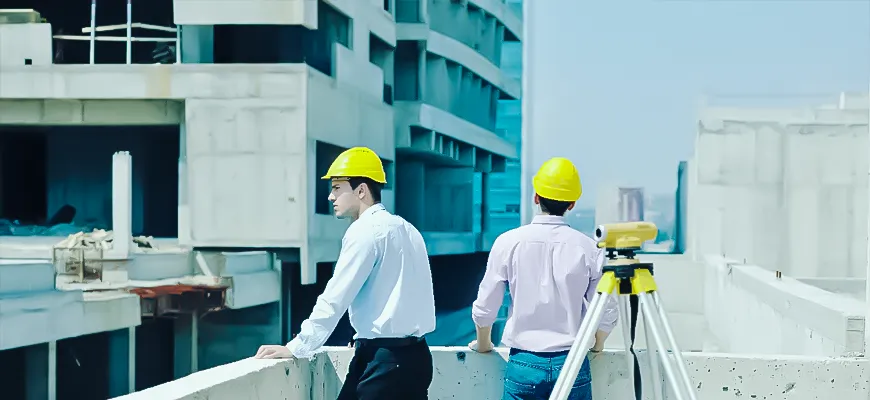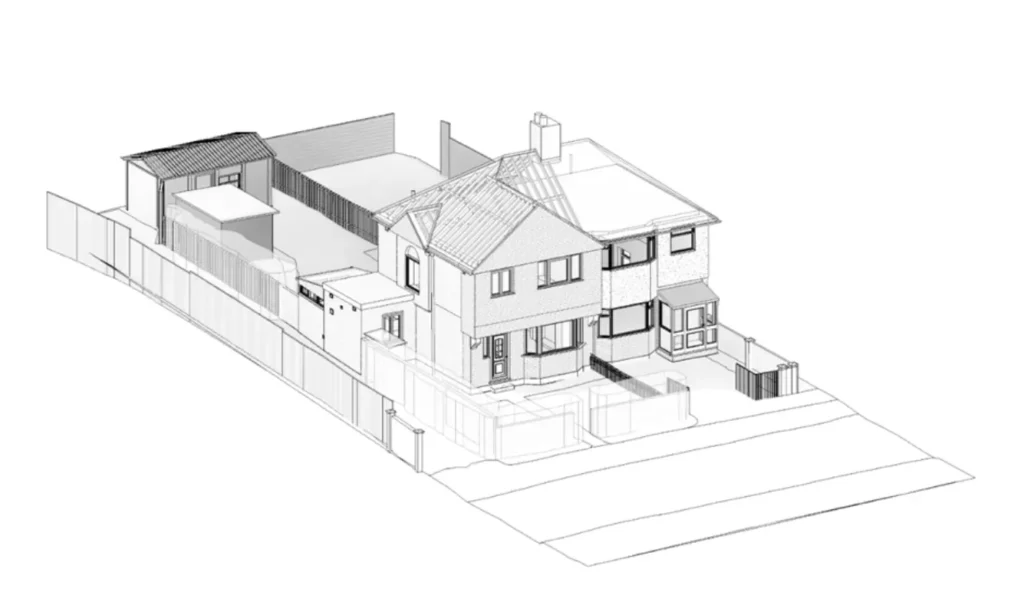
3D Laser Scanning
3D scanning is an efficient way to record the current state of any environment’s conditions. With this technology, engineers and building projects may rapidly create highly accurate as-built digital measurements and models.
3D laser scanners use 3D LiDAR (Light Detection and Ranging) scan technology to collect millions of data points from a project location. A point cloud is created by processing various scan positions from different angles. Using the point cloud, CAD technicians can quickly complete analysis, design planning, prefabrication, and facility improvements by creating 2D drawings and 3D models.
📍 Curious How 3D Laser Scanning Can Transform Your Project?
3D laser scanning delivers precise data with minimal disruption. Get high-accuracy results with Survey2Plan!
📞 0161 531 6641 📩 info@survey2plan.com 💬 Get a Quotation
Fast & Accurate Surveys | Trusted by Architects, Developers & Contractors
Benefits of 3D Laser Scanning in Construction
3D scanning offers several benefits for various sorts of industries. However, to identify those benefits, it is essential to understand what 3D scanners and handheld laser scanners are about.
A 3D laser scanner is designed to extract data, such as measurements, from an environment or object, usually to duplicate it. As one might expect, this kind of technology provides multiple data points with in-depth information about the item or surroundings.
Efficiency is a significant justification for adding a 3D digitizer.
A portable 3D scanner can accelerate and optimise product development, design, and production. Moreover, incorporating 3D scanners facilitates customising essential products such as prosthetics and medical devices.
The benefits of laser scanning in construction extend throughout a building’s lifecycle, offering benefits at various stages:

1. Accurate Documentation and Visualization
2. Efficient Surveying and Data Collection
3. Enhanced Design and Planning
The precise and thorough data that 3D laser scanning provides makes design and planning procedures easier. Before work starts, architects, engineers, and designers can use an accurate, comprehensive digital model of the current structure to find any conflicts, faults in the design, and spatial limitations. This improves overall project efficiency and reduces the need for expensive design modifications during construction.
4. Conflict Detection and Resolution
Terrestrial 3D laser scanning facilitates the detection of collisions and conflicts between different building systems, including mechanical, electrical, and plumbing. Unresolved conflicts can result in delays, rework, and overspending. Project teams may reduce risks and optimize construction operations by identifying and resolving these issues in the digital model.
5. As-Built Verification
6. Conservation and Restoration
3D laser scanning provides a discreet way to document old buildings and structures. With 3D laser scanning technology, cultural heritage places can be accurately recreated digitally, supporting restoration initiatives, historical research, HABS/AHER documentation, and preservation activities. The comprehensive information gathered may be an invaluable asset preserved for posterity.
7. Remote Collaboration and Communication
8. Risk Reduction and Safety Enhancement
9. Cost Savings and Time Efficiency
10. Data-Driven Maintenance and Facilities Management
Beyond construction, 3D laser scanning aids facilities management and continuing building maintenance. By constructing a digital counterpart of the building, property managers may schedule maintenance activities, conduct condition evaluations, and monitor changes more effectively. By taking preventative measures, the structure’s lifespan is increased, and its operational effectiveness is optimised.
Did you know: How Does 3D Laser Scanning Work?
Challenges of Implementing 3D Laser Scanning
- Experience is necessary
- Location access
- Cost
Applications of 3d Laser Scanning
- Building Renovations
- Architectural and Civil Surveying
- Maintenance, Retrofitting, or Expansion of a Power Plant
- Reverse Engineering
- Forensics
- Mesh Models for Films and Games
- Archaeology
- Architectural Heritage Preservation
- Collecting Geospatial Data
- Documentation and Archiving
📍 Faster, Smarter, and More Precise – Upgrade to 3D Laser Scanning!
Experience next-level accuracy with Survey2Plan’s expert scanning services. Get your quote now!
📞 0161 531 6641 📩 info@survey2plan.com 💬 Get a Quotation
Fast & Accurate Surveys | Trusted by Architects, Developers & Contractors
Conclusion
In summary, 3D laser scanning technology has transformed the construction industry by increasing accuracy, streamlining documentation processes, enabling clash detection, enhancing quality control, and improving facility management efficiency.
3D laser scanning of buildings has several advantages, from improved safety and cooperation to higher accuracy and efficiency.
When the construction industry embraces this technology and its applications continue to expand, a new era of precision and innovation in building design and construction will begin.
Contact Survey2Plan for your 3D laser scanning services and get a free quote.




